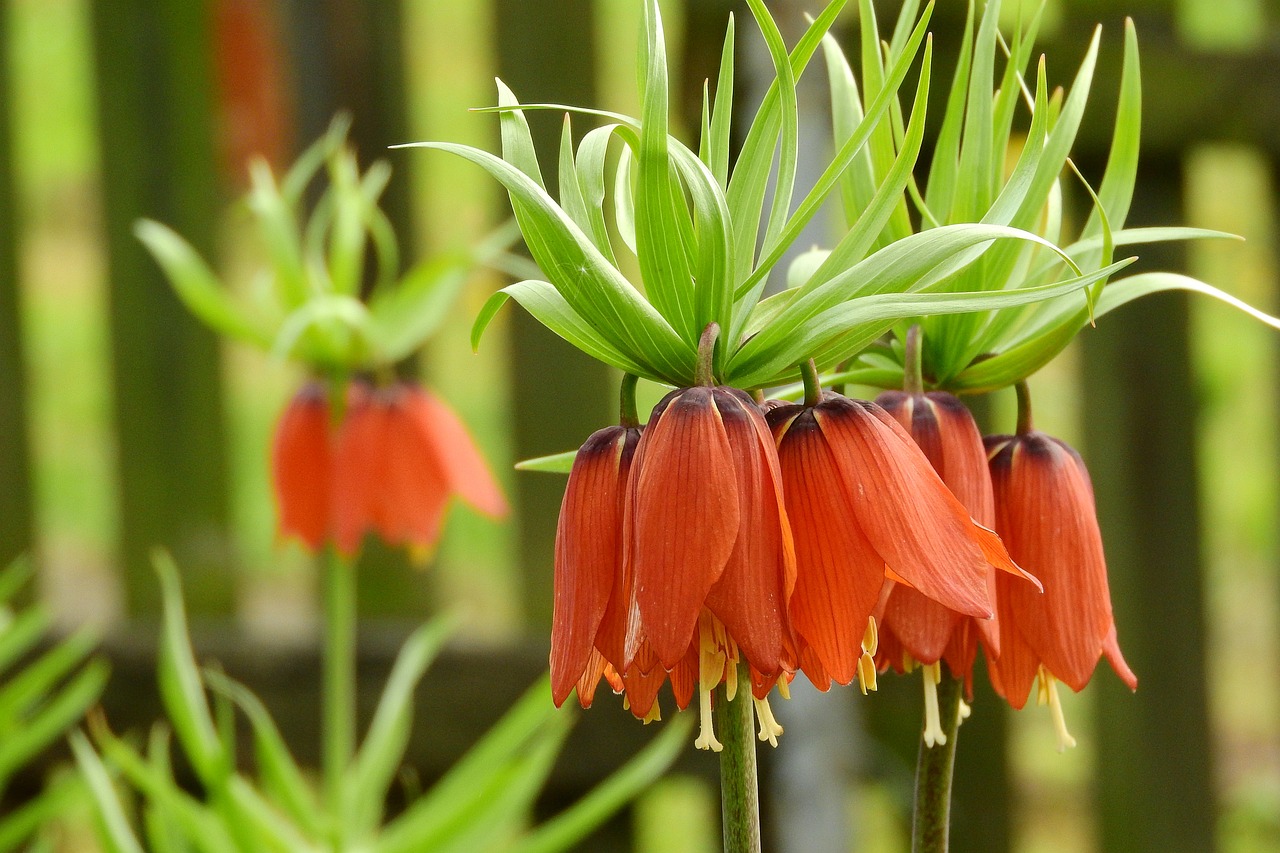Tulip: Features and Care

Tulips are beloved worldwide as a symbol of spring. With their vibrant colors and variety of shapes, they are an essential part of any garden or flower bed.
In this article, I will explore the basic information about tulips, their cultural significance, and tips on how to grow them successfully.
Basic Information
- Scientific name: Tulipa
- Family: Liliaceae
- Origin: Central Asia
- Appearance: Tulips are known for their simple yet elegant cup-shaped or fringed flowers. They come in a wide range of colors, including red, yellow, pink, purple, and white. In recent years, varieties with patterned petals or multiple layers have also become popular.
- Blooming season: Tulips bloom primarily in spring (March to May). In warmer regions, they bloom early, while in cooler or mountainous areas, they bloom later in the season.
Cultural Significance Around the World

Tulips are especially iconic in the Netherlands, where they are celebrated as a national symbol. The tulip fields in the Netherlands attract tourists from around the world, particularly at Keukenhof Park in spring, where the sight of colorful tulip fields stretching for miles is a breathtaking experience.
Tulips are also used to symbolize “love” and “gratitude” worldwide and are a popular choice for springtime gifts and events. The color of tulips also carries specific meanings: red tulips symbolize “true love,” yellow tulips represent “hope,” and pink tulips express “gratitude.”
In Japan, tulip festivals are a cherished spring tradition, celebrating the arrival of the season. Such cultural ties reinforce tulips as an essential flower for marking the changing of the seasons.
Historical Episodes
Tulips originated in Central Asia and were introduced to Europe via Turkey in the 16th century. They became particularly popular in the Netherlands, where large-scale cultivation and hybridization took place, leading to the diverse varieties we see today.
One of the most famous historical episodes involving tulips is “Tulip Mania,” which occurred in the Netherlands in the 17th century. At the peak of this phenomenon, rare tulip bulbs were traded for enormous sums of money, with some bulbs reaching the same value as a house.
This event is considered the first economic bubble in history, and when the market crashed, many investors suffered significant financial losses.
Gardening Advice
Cultivation Guide
Tulip bulbs are planted in autumn to bloom in the spring. Tulips prefer sunny locations and well-drained soil. Chilling the bulbs before planting by placing them in the refrigerator can encourage stronger growth and better blooms.
Watering should be done moderately, ensuring the soil does not become waterlogged, as this can cause the bulbs to rot. During the winter months, watering should be kept to a minimum, while during the growing season, regular watering is needed to support healthy growth.
Environment and Growing Conditions
Tulips thrive in cool climates and require a period of cold to bloom well. In warmer regions, artificially chilling the bulbs before planting can help achieve better results. Tulips prefer slightly acidic to neutral soil, and mixing compost or organic matter into the soil will provide the nutrients they need to grow strong.
After the flowers have bloomed, it is essential to prune the flower stems to redirect nutrients back into the bulbs for next year. Allow the leaves to wither naturally, as this helps the bulbs store energy for the following growing season.
Conclusion

Tulips are a universal symbol of spring and are cherished worldwide. With their rich history and cultural significance, they bring vibrant color to gardens and landscapes across the globe.
Tulips are relatively easy to cultivate, and with proper care, they will bloom beautifully year after year. Consider growing tulips in your garden or on your balcony to welcome the bright colors of spring.




